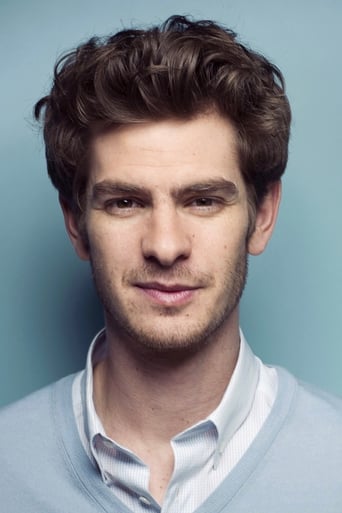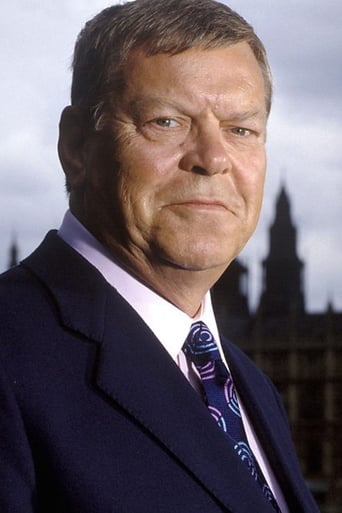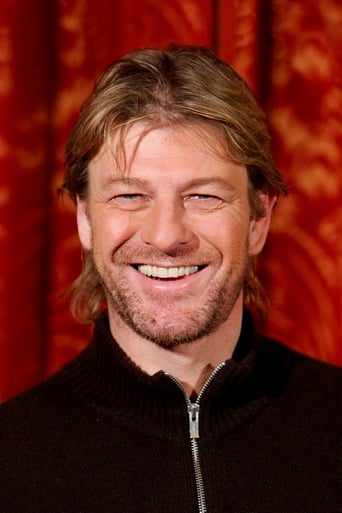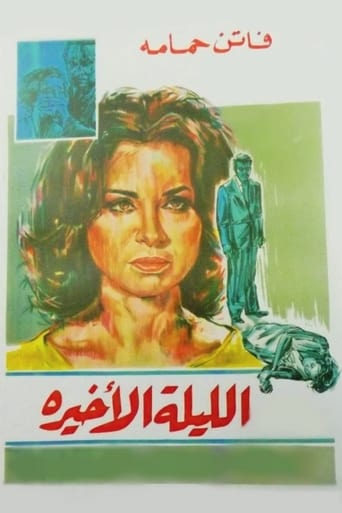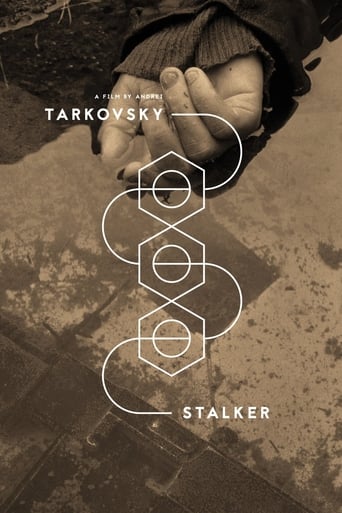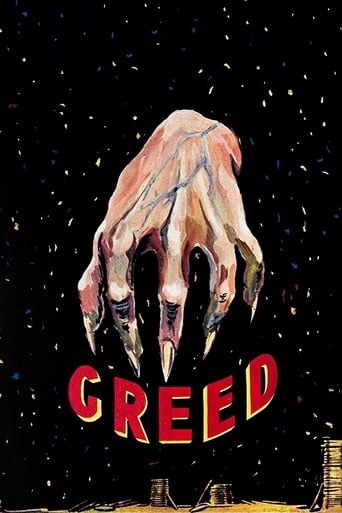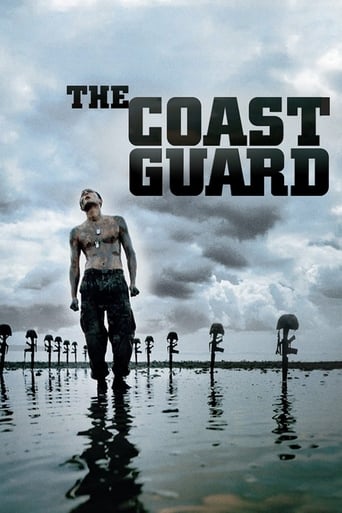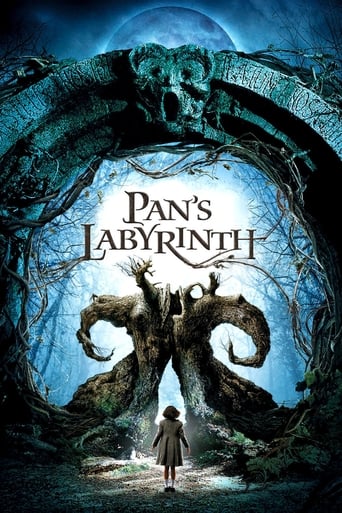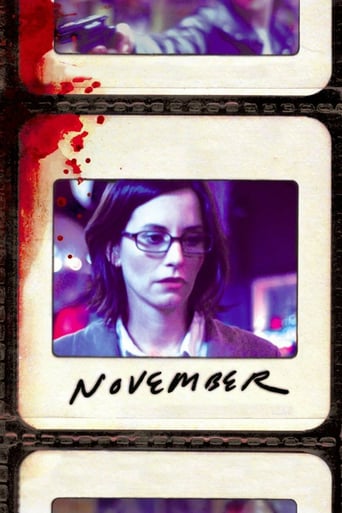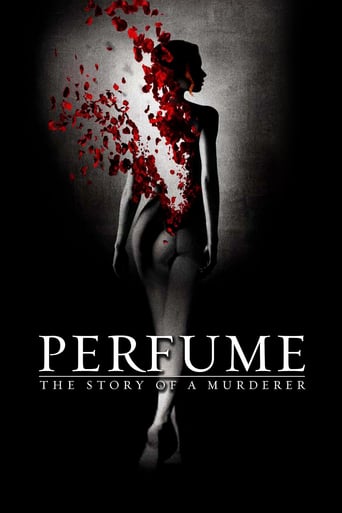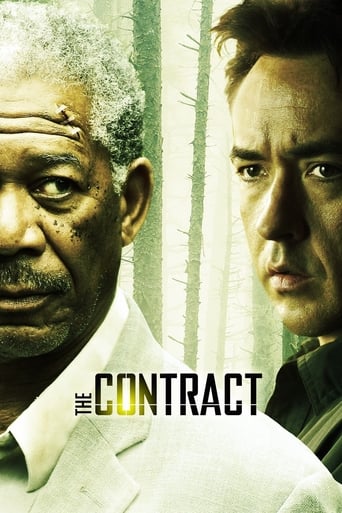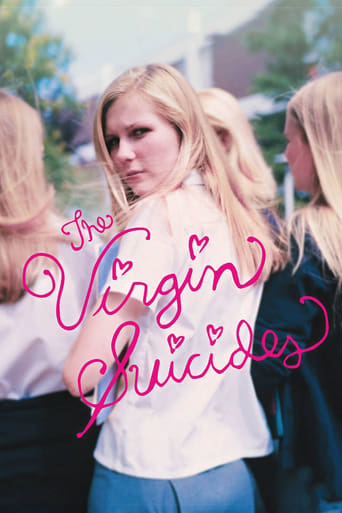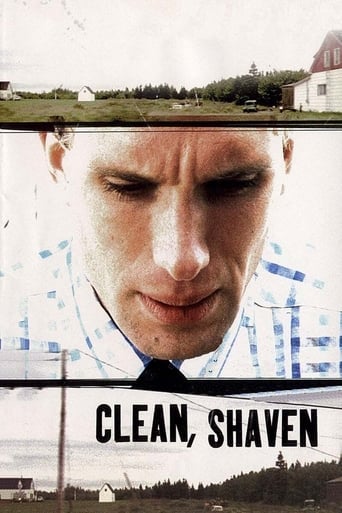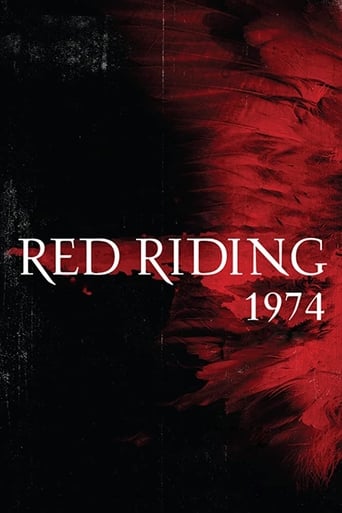

Red Riding: The Year of Our Lord 1974 (2009)
Yorkshire, 1974. Fear, mistrust and institutionalised police corruption are running riot. Rookie journalist Eddie Dunford is determined to search for the truth in an increasingly complex maze of lies and deceit surrounding the police investigation into a series of child abductions. When young Clare Kemplay goes missing, Eddie and his colleague, Barry, persuade their editor to let them investigate links with two similar abductions that draw them into a deadly world of secrecy, intimidation, shocking revelations and police brutality.
Watch Trailer
Cast


Similar titles
Reviews
A binge watching of RED RIDING TRILOGY, three TV movies adapted from David Peace's RED RIDING QUARTET, where its second chapter 1977 is skipped. Directed by three different directors in three different formats: 1974 by Julian Jarrold in 16mm film, 1980 by James Marsh in 35mm film and 1983 by Anand Tucked with Red One digital camera, the trilogy forebodingly trawls into the organized crimes and police corruption in West Yorkshire through the prisms of three different protagonists while they are wrestling with a series of murder cases, and overall, it inspires to achieve a vérité similitude of the bleak milieu while sometimes being mired with its own navel- gazing, such as narrative banality (1974), over-calculated formality (1980) and poorly indicated flashback sequences (1983). In 1974, the bright-young-thing Eddie Dunford (Garfield) is an ambitious crime reporter for The Yorkshire Post, who takes it on himself to probe three similar cases of missing or murdered teenage girls, which puts his own life on the line. He hits every nook and cranny of procedural clichés, from losing a dear colleague Barry Gannon (Flanagan). who knows too much of the dirty business (after being inauspiciously warned about his own safety) nevertheless withholds crucial information from Eddie, to the police's porous covering-up of the culprit with a scapegoat Michael Myshkin (Mays), until Eddie meets Paul Garland (Hall), who channels a shopworn ambiguity between a grieved damsel-in-distress and an inscrutable gangster's moll, whom he incurably falls in love with. Finally his path comes across with John Dawson (Bean), a local real estate magnate, and after succumbs to an excruciating reality check signed by both Dawson and police force, Eddie despondently realizes he cannot save nobody, a final vigilante bloodbath is his last gamble to right the wrong in the only option he is left with (again, manipulated). The movie is shot in subdued retro-sheen, Garfield fleshes out Eddie's fix with absorbing commitment, and Hall is magnificent to behold in her blond charisma.
The Red Riding Trilogy is one of the most dense, absolutely impenetrable pieces of work I've ever seen, let alone attempted to dissect with my clunky writing skills. It's also fairly horrifying, as it chronicles the tale of the Yorkshire Ripper, an elusive and mysterious serial child killer who terrorized this area of Britain through the late 70's and early 80's. Viler still are the strong implications that very powerful people, including the brass of the West Yorkshire police, made every disgusting attempt to cover up the crimes and protect the killer, who's murders included that of children. It's a brave move by UK's Channel 4 to openly make such notions obvious within their story, and commendable the level of patience, skill and strong ambition in the undertaking is quite the payoff, whilst simultaneously taking a toll on you for sitting through it. The sheer scope of it must be noted; it's separated into three feature length films, each vastly different in setting, character and tone, and each blessed with a different director. The filmmakers even went as far as to film the first, which is set in 1974, in 16mm, the second in 35mm being set in 1980 and the third makes a leap to high definition video and takes place in 1983. Such a progression of time is a dismal reflection of the sticky corruption which clings to societies, decaying them stealthily over years, and the few keen individuals who will not let the truth die as long as there is a glimmer of uncertainty. Now, if you asked me exactly what happens over the course of this trilogy, who is who, what has happened to which characters and who is guilty, I simply wouldn't be able to tell you. It's a deliberately fractured narrative told through the prism of dishonest, corrupt psyches and has no use for chronology either. Characters who you saw die in the first film show up in the subsequent ones, actors replace each other in certain roles, and there's just such a thick atmosphere of confusion and despair that in the 302 minute running time I was not able to make complete sense. I think this is a great tactic to help you realize that the film means to show the futile, cyclical nature of reality, as opposed to a traditionally structured story with a clear cut conclusion. Events spiral into each other with little rhyme or reason, until we feel somewhat lost, knowing full well that terrible events are unfolding in front of our eyes, events that are clouded and just out of our comprehensive grasp in a way that unsettles you and makes you feel as helpless as the few decent people trying to solve the case. One such person is an investigative reporter searching for the truth in the first film, played by Andrew Garfield. He stumbles dangerously close to answers which are promptly yanked away by the sinister forces of the Yorkshire police, brutalized and intimidated into submission. He comes close though, finding a lead in suspiciously sleazy real estate tycoon Sean Bean, who's clearly got ties to whatever is really going on. The level of willful corruption demonstrated by the police is sickening. "To the North, where we do what we want" bellows a chief, toasting dark secrets to a roomful of cop comrades who are no doubt just as involved as him. The kind of blunt, uncaring dedication to evil is the only way to explain such behaviour, because in the end it's their choice and they know what they're doing. Were these officers as vile as the film depicts in the real life incidents? Someone seems to think so. Who's to know? Probably no one ever at this point, a dreadful feeling which perpetuates the themes of hopelessness. The second film follows a nasty Police Chief (David Morrissey) who is bothered by old facts re emerging and seems to have a crisis of conscience. Or does he? The clichéd cinematic logline "no one is what they seem" has never been more pertinent than in these three films. It's gets to a point where you actually are anticipating every single person on screen to have some buried evil that will get upturned. A priest (Peter Mullan is superb) shows up in the second film only to be involved in dark turns of the third. Sean Bean's character and his legacy hover over everything like a black cloud. A mentally challenged young man is held for years under suspicion of being the Ripper. A disturbed abuse survivor (wild eyed Robert Sheehan) seeks retribution. A Scotland Yard Detective (Paddy Considine) nobly reaches for truth. Many other characters have conundrums of roles to play in a titanic cast that includes Cara Seymour, Mark Addy, Sean Harris, James Fox, Eddie Marsan, Shaun Dooley, Joseph Mawle and more. The process in which the story unfolds is almost Fincher - esque in its meticulous assembly, each character and plot turn a cog in a vast machine whose purpouse and ultimate function are indeed hard to grasp. I need to sit down and watch it at least two more times through before the cogs turn in a way that begins to make sense to me, and a measurable story unfolds. It's dark, dark stuff though, presenting humanity at its absolute worst, and in huge quantities too, nightmarish acts that go to huge levels of effort just to produce evil for.. well, it seems just for evil's sake, really. The cast and filmmakers craft wonderful work though, and despite the blackness there is a macabre, almost poetic allure to it, beauty in terror so to speak. It's rough, it's long, it's dense and it thoroughly bucks many a cinematic trend that let's you reside in your perceptive comfort zone, beckoning you forth with extreme narrative challenge, an unflinching gaze into the abyss no promise of catharsis at the end of the tunnel. There's nothing quite like it, I promise you.
I missed this trilogy when it was first shown on TV, heard great things about it, and finally caught up with it when they repeated it recently.A mystery about a series of child abductions eventually turns out to be more about corruption in the Yorkshire police than anything else, but boy what a production! This has to be one of the darkest, most downbeat slices of television I've witnessed, and yet it's so well made, so compelling that you can't stop watching.Garfield's cocky journo wasn't my favourite of the series leads - I felt no sympathy for him - but what a supporting cast! Sean Bean headlines as the big name, but it's a shock to see friendly favourites like Warren Clarke playing complete bastards.The story meanders with one too many sub-plots to easily follow, but things gradually become clearer as the trilogy progresses. More than anything I'm reminded of Scorcese's TAXI DRIVER as a similar story of one man's disintegration...
" The Red Riding Trilogy" consist of, off course, three installments. There are connected, but the movies should be reviewed separately. The first one, set in 1974 is a dark, gloomy tale placed in Yorkshire. Characters in this desperate, mesmerizing story are all villains. Some of them are criminals, some policemen, some journalists, it is sometimes hard to tell them apart. Yorkshire in this TV movie is a cruel and barren place, populated with vicious and ruthless people. The colors are predominantly gray, the sites depressing. It all feels like a fist in a stomach. This is a film noir of the modern era, that doesn't spare anybody. If you are in it you are for it. If not...


